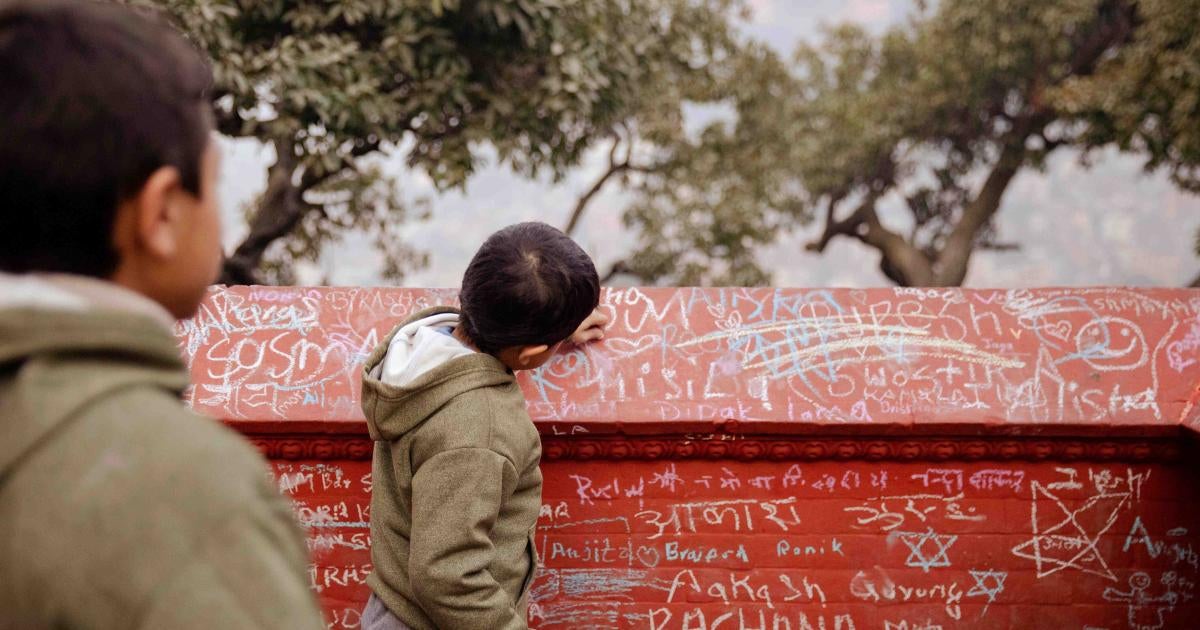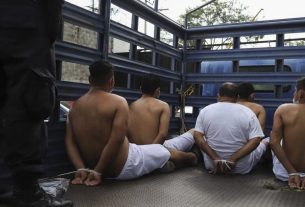(New York) – The International Monetary Fund (IMF) should help expand social protection to all children in Nepal under its Child Grant program, Human Rights Watch said in a letter to the IMF released today. The policy is an effective and affordable measure to protect children’s rights and reduce child poverty and inequality, and it should become a performance criterion for Nepal’s IMF program.
With 40 percent of Nepal’s population aged under 18, turning the existing child grant program into a program available to all children would significantly improve the currently low social protection coverage. It would protect every child’s right to social security and could safeguard households with children from anticipated shocks, such as higher food and energy prices, and climate-related events.
“The Child Grant is an already-proven government social protection program and expanding it to all children can have a deep impact on protecting children’s rights and enhancing Nepal’s economic development,” said Arvind Ganesan, economic justice and rights director at Human Rights Watch. “However, it is currently universally available only in 25 out of 77 districts.”
In April 2023, 16 Nepali and international civil society organizations wrote to Nepal’s finance minister urging an expansion of the Child Grant. Only Dalits, once considered the “untouchable” caste, have the benefit available to all children under 5 across the country.
Under international human rights law, international financial institutions like the IMF have an obligation to help build universal social security systems that are consistent with human rights. The IMF’s current target regarding the Child Grant is to ensure that it does not decline. But that does not go far enough, Human Rights Watch said. Making the expansion of the Child Grant a “performance criterion,” thus supporting more and ultimately all children, should be a condition of the IMF program, called the Extended Credit Facility.
According to a 2021 The United Nations Children’s Fund (UNICEF) study, expanding the Child Grant to all children up to the age of 17 by 2035 would cost less than 0.7 percent of GDP a year, reducing poverty among households with children by as much as 16.8 percent. Budgetary estimates in the IMF’s April 2023 staff report show that Nepal can afford to expand the child grant.
Studies by the United Nations and academics have found that the Child Grant has increased birth registration rates and enabled families to buy food, clothes, and other essentials to ensure their children’s rights. It has lowered the likelihood of child labor for recipients and their siblings.
Research published in Archives of Public Health on the Karnali region, where the policy was first introduced, found that it improved food security and health. It also increased public approval of the government. In a survey of 2,040 households, the Overseas Development Institute found that 93 percent of beneficiaries believed the government cared about their socioeconomic well-being, with 85 percent reporting an improved opinion of the government as a result of the program.



